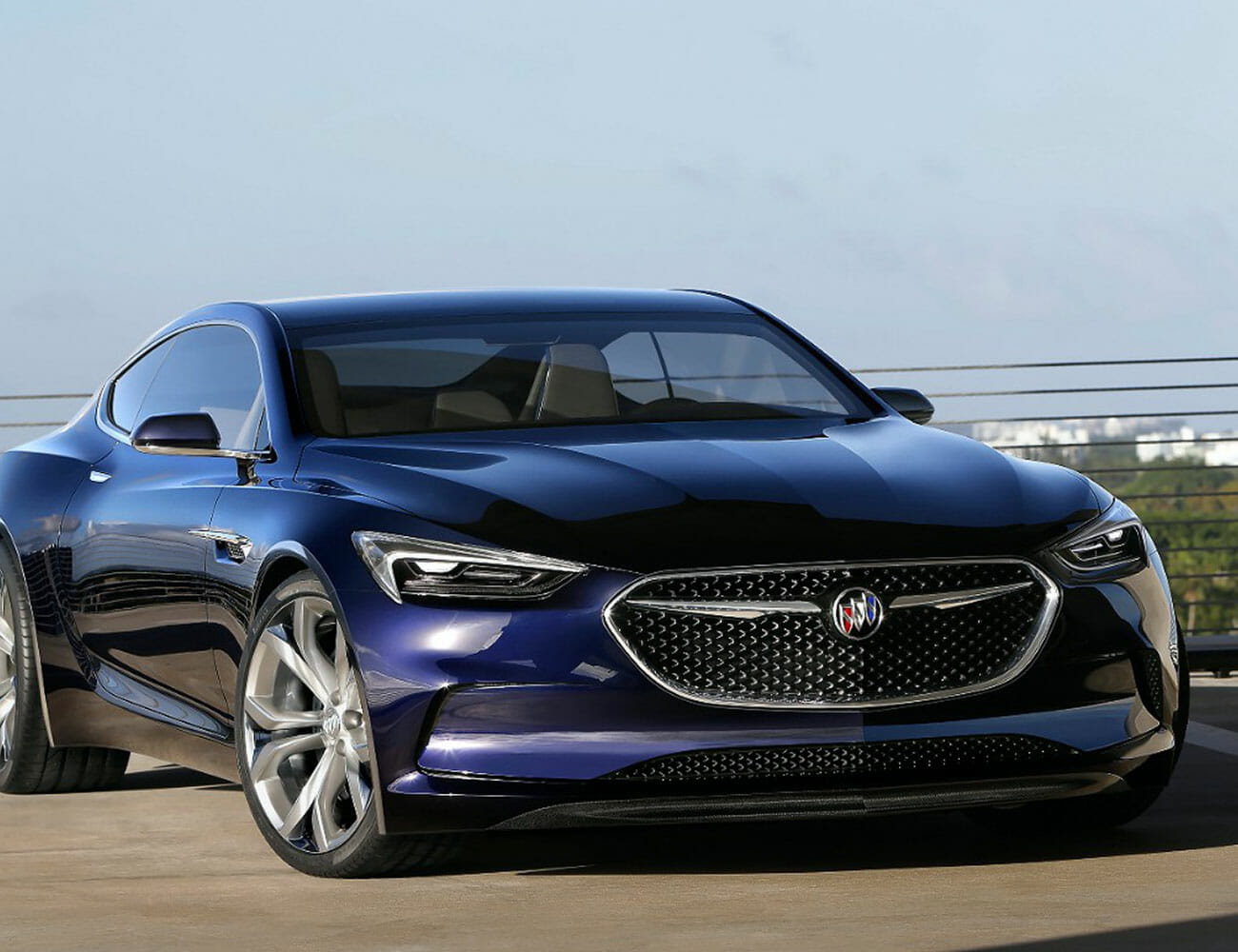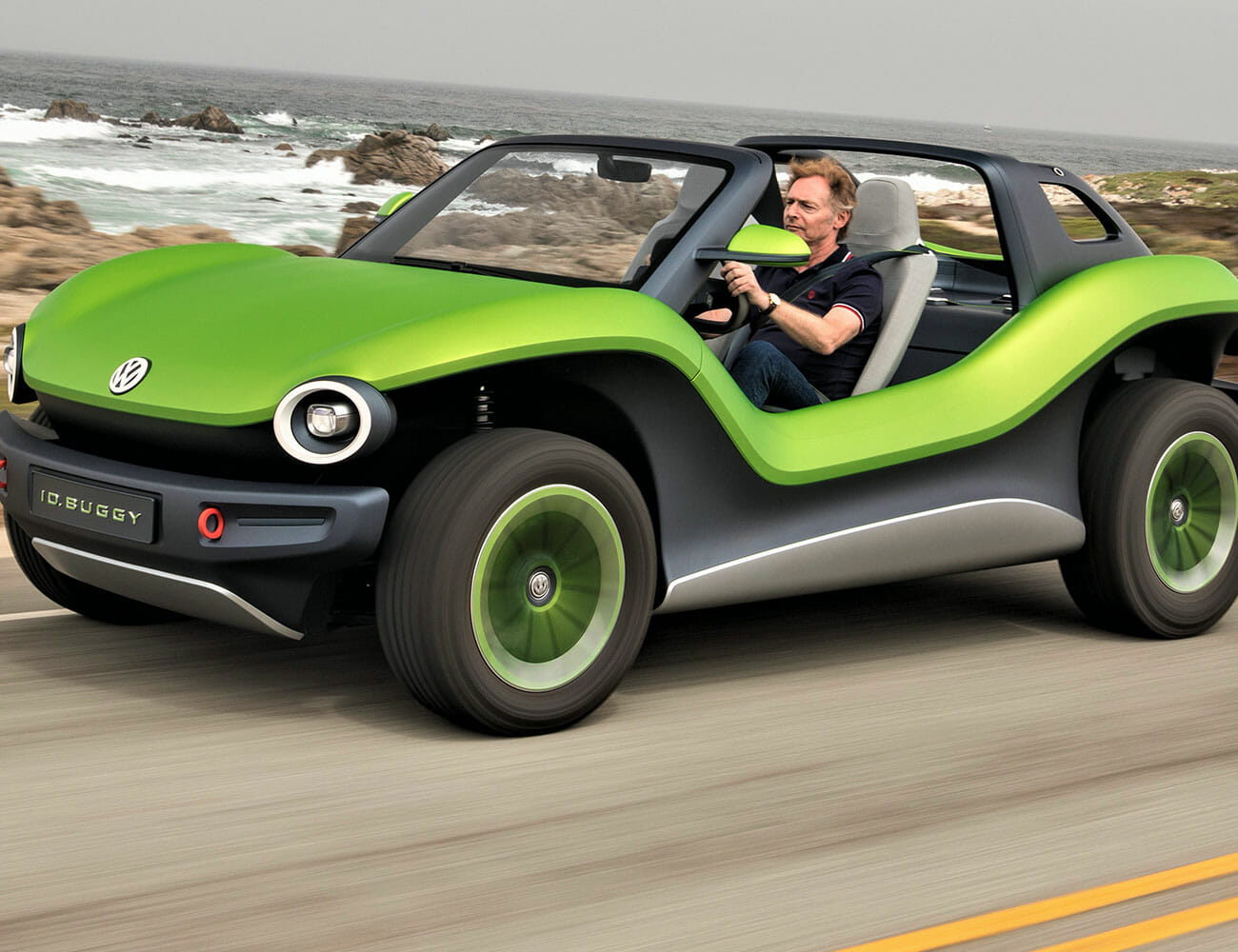Airstream’s travel trailers are about as iconic as a product can be. Most people probably have never set foot in one, but they still know them on sight from the outside: those smooth curves, that big window in front, and most of all, that gleaming aluminum skin that simultaneously makes them look both from an idealized past and a better future.
But what if you took that shiny aluminum away? Is everything else that makes an Airstream an Airstream enough to justify the cost?
That, in effect, is the question the Nest puts forth. It’s the first Airstream ever to be made primarily from fiberglass instead of the 13th member of the periodic table. Perhaps unsurprisingly, its roots actually lie outside the company; it was created by designer Robert Johans before Airstream purchased the design and refined it into a finished product that was released in 2018. It’s still stylish, still well-made, and still packs a tremendous amount of features into a tidy footprint. But does a lack of aluminum mean the Nest lacks that Airstream soul?
Going fiberglass over aluminum doesn’t make the Nest much cheaper
With a starting price of $42,900, the Airstream Nest is the second least-expensive member of the company’s travel trailer family (only the diminutive Basecamp is cheaper) — but it’s not that much cheaper. The aluminum-sided Bambi starts at $6,700 more, and it’s just about the same size, at least in its smallest (16-foot) form.
But for an Airstream so small, the Nest’s design is a little more navigable in some small but useful ways. Putting the door at the very aft end of the cabin allows for a simple, straight-shot walkway, enabling all the cabinets and equipment to be pushed to both sides and make good use of the space. It boasts more natural light than the Bambi, thanks to its broad windows on both sides.
And, depending on configuration, it can be better than the larger Bambi; it packs more propane, enabling you to run the on-board heater with less worry about rationing the power, and the wet bath of my test unit was far superior to the weird two-way door of the 19-foot Bambi I tried out last year — which doesn’t provide the air-tight or sound-proof qualities most of us desire when, uh, doing our business.
At 3,300 pounds with batteries and propane aboard, the Nest is actually a bit heavier than a 16-foot Bambi, but it’s still plenty light when it comes to trailers. The Ford Ranger I used to haul it about was more than up to the task; indeed, just about any vehicle with a 5,000-pound tow rating (i.e. most midsize SUVs) should be able to haul it with ease.
If you’re worried about your crossover lacking the power to pull it, well, don’t sweat it; you won’t be driving much over the speed limit on the open road, anyway. Those flat sides and light weight mean the Nest can feel a little sketchy on the highway as speeds climb; I started seeing it oscillate at around 75 mph, at which point I very carefully let it slow back down to 65.
It’s jammed pack of clever features
If the engineers and designers at Airstream ever get sick of their current jobs, they could make a mint designing apartments for New Yorkers. Every nook and cranny of the Nest has a purpose, with with a place for everything and everything in its place; it almost feels like a submarine or spaceship. While tight, one person could easily live in it for a long time, or a couple could for a week or two.
The fridge’s 3.2 cubic feet of space may sound small, but they’re plenty for the average weekending duo’s worth of refrigerated food, especially considering the cubbies and cabinets to store all the stuff that doesn’t need to stay chilled. I only had the chance to test the furnace half of the combination A/C-furnace during my time with it, but it was more than capable of keeping the interior warm (even if it’s awfully loud when you’re trying to sleep).
The surprisingly roomy closet, conveniently enough, is located smack dab next to the door at the aft end of the trailer, enabling you to doff coats and shoes as soon as you enter and not track dirt all over the rest of the Nest. And the plethora of power outlets USB ports and lighting options (both warm yellow and cool blue) make it feel like a homey place to kick back and recharge both self and devices after a long day.
The feature parade continues outside, as well, where a quartet of stabilizer jacks deploy to keep the tiny body steady, and a powered awning extends from the side to provide a shelter from sun and rain alike. (That said, once deployed, it’s less handy for rainy weather than the one on regular Airstreams, as their awnings extend over the door.) There’s even LED lighting that casts a futuristic purple-blue hue all around the trailer at night; we took to calling it the Nest’s “disco lights.”
Don’t buy the sitting-area version if you ever plan on sleeping in your Nest
The Airstream Nest offers a choice of two different floorplans, known as the 16FB and the 16U. The former fills the front third with a queen-sized bed featuring a Tuft & Needle foam mattress, while the latter uses that space for a cozy bar-style dinette that can be turned into a similarly-sized bed by dropping the table and redistributing the cushions. In principle, the latter option’s versatility makes it sound like the ideal compromise
In practice, though, the 16U’s bed was exceedingly uncomfortable, leading me to toss and turn all night long. Leatherette couch cushions are no match for a memory foam mattress, no matter how much whiskey and White Claw you knock back. At the very least, you’d need to bring your own (very thick) mattress topper and sheets, and considering how much room that’d take up, it seems more trouble than it’s worth. Considering the 16FB offers a tiny table and seat as well as a bed — and the fact that you’re never likely to have more than two people in here at once — it seems like the far better bet.
Besides, the point of a tiny travel trailer like the Nest isn’t to give you an expansive place to hang out; it’s there to help you get closer to the great outdoors by giving you a safe, comfortable place to handle those parts of civilized life you don’t want to leave behind. If you’re rolling around with this little Airstream hanging from your bumper, odds are good you’re going someplace you want to be — which means you’ll probably want to be in the great outdoors when it’s time to eat or hang out.
Airstream provided this product for review.
Will Sabel Courtney is Gear Patrol’s Motoring Editor, formerly of The Drive and RIDES Magazine. You can often find him test-driving new cars in New York City, cursing the slow-moving traffic surrounding him.
More by Will Sabel Courtney | Follow on Instagram · Twitter · Contact via Email






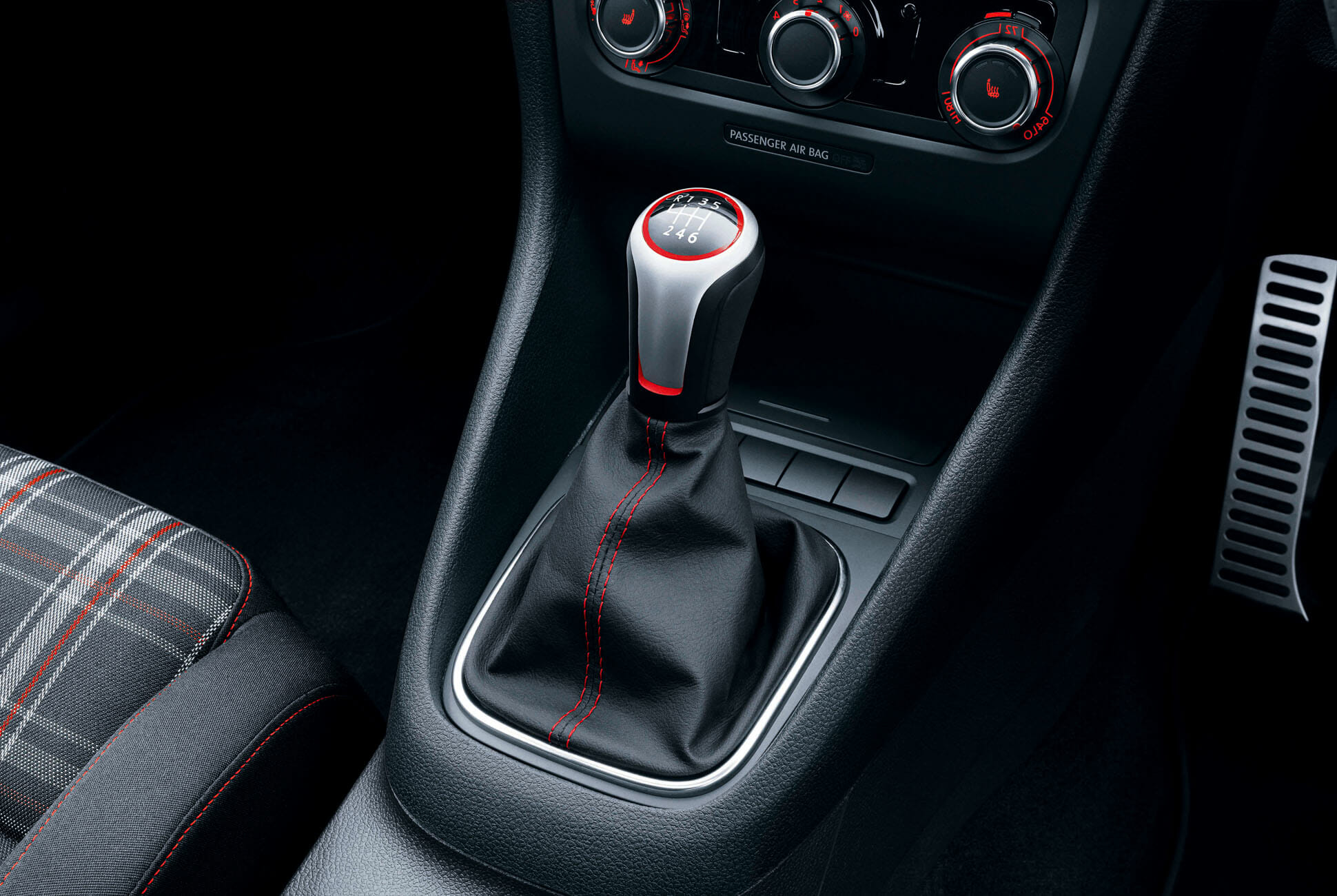
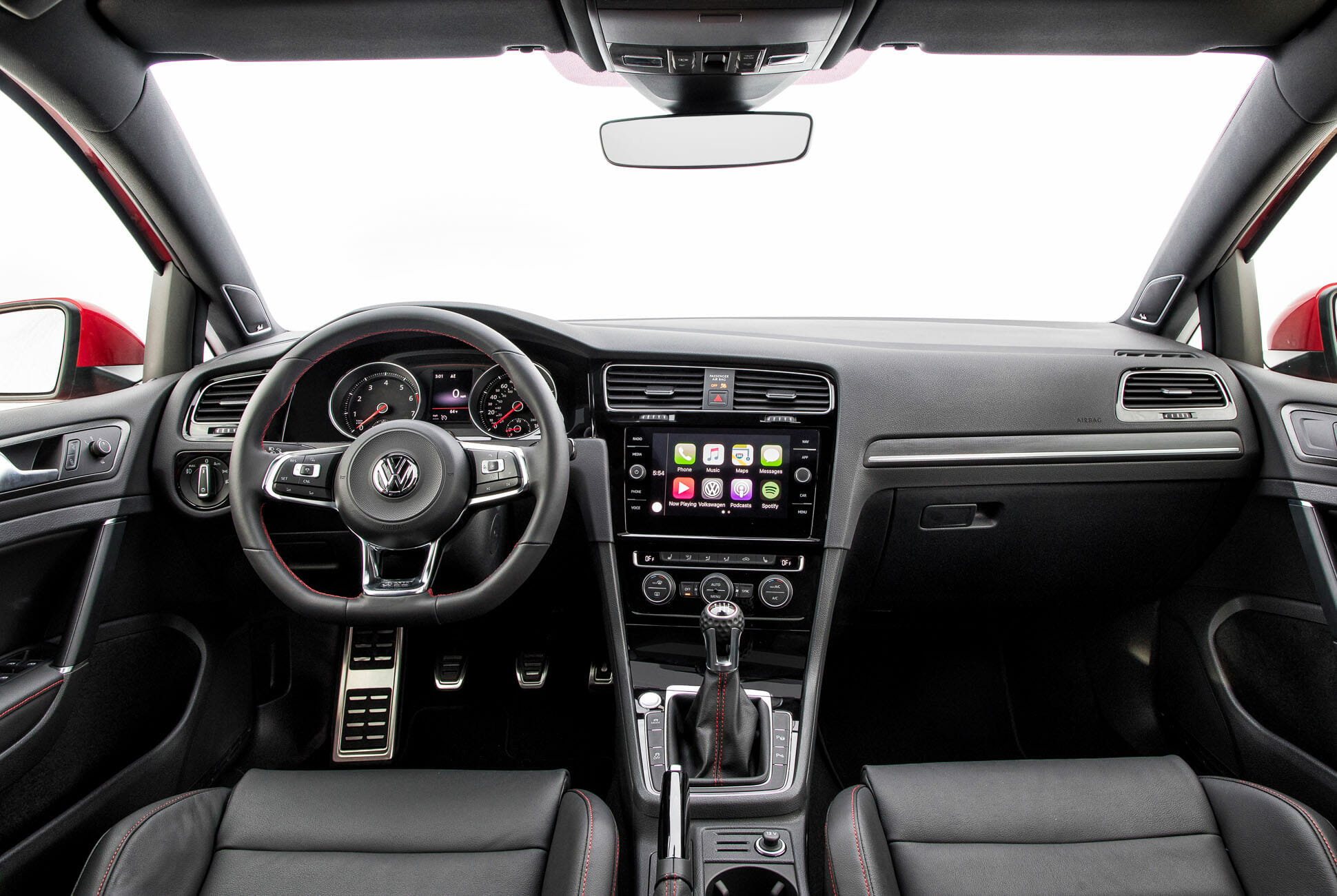


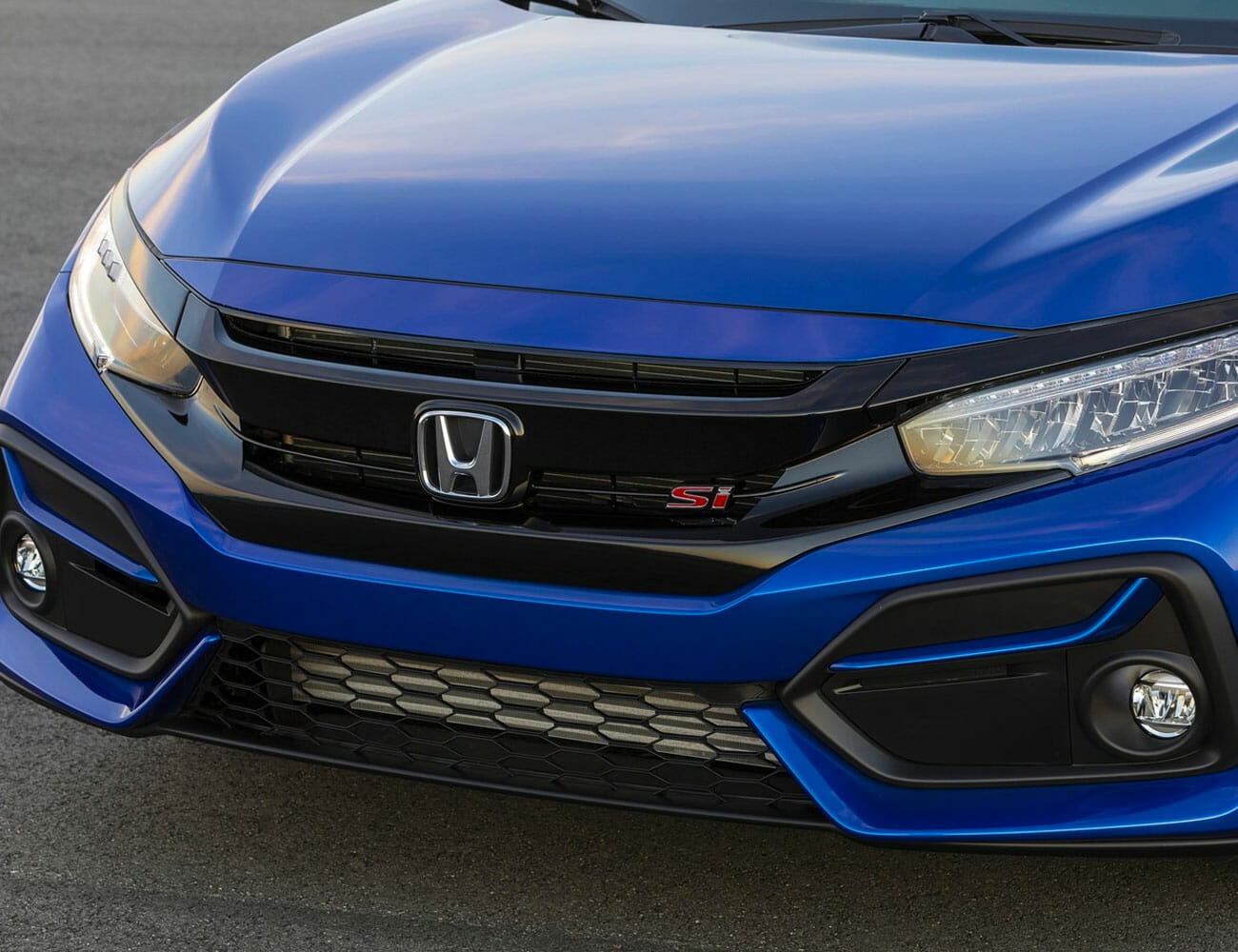
































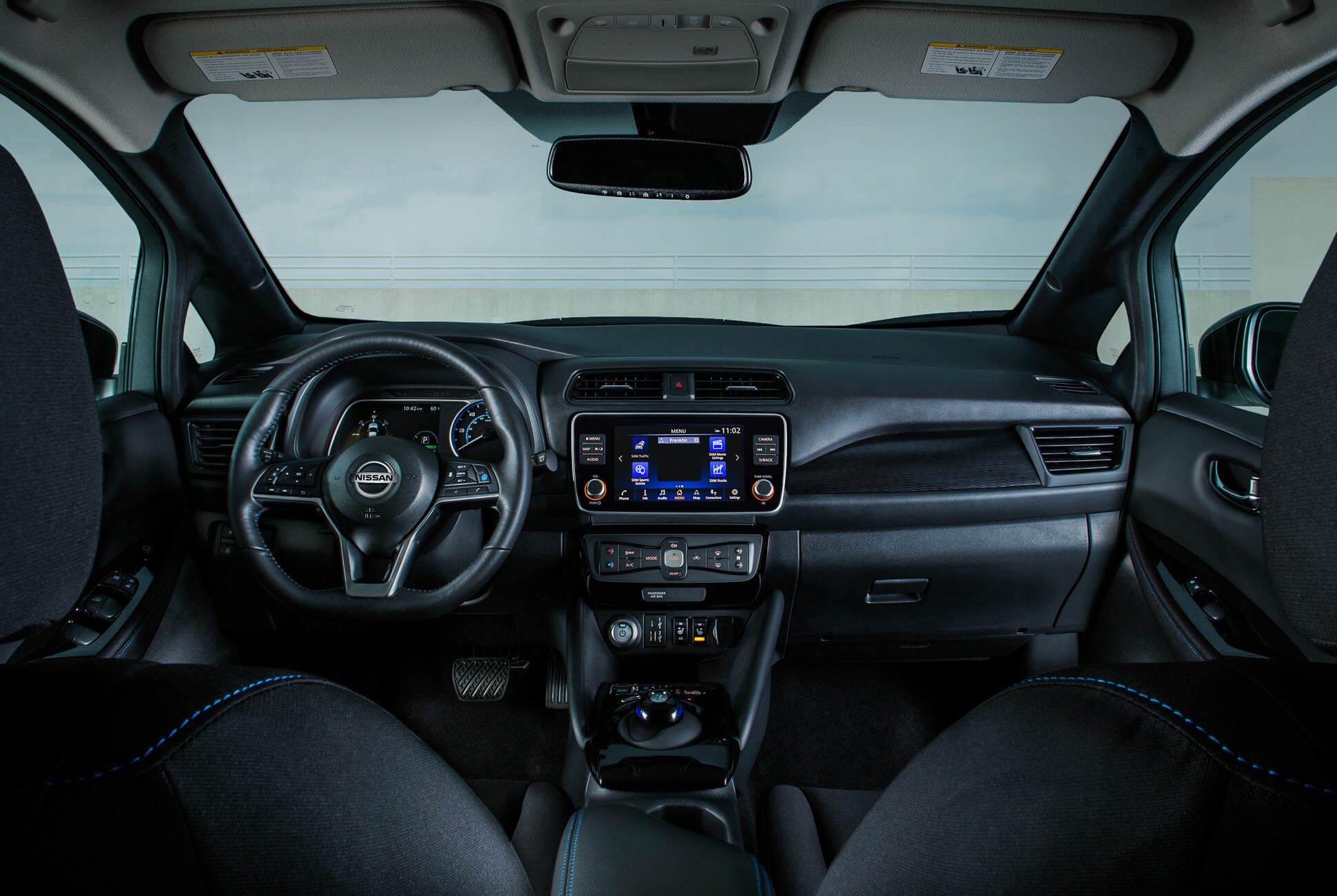





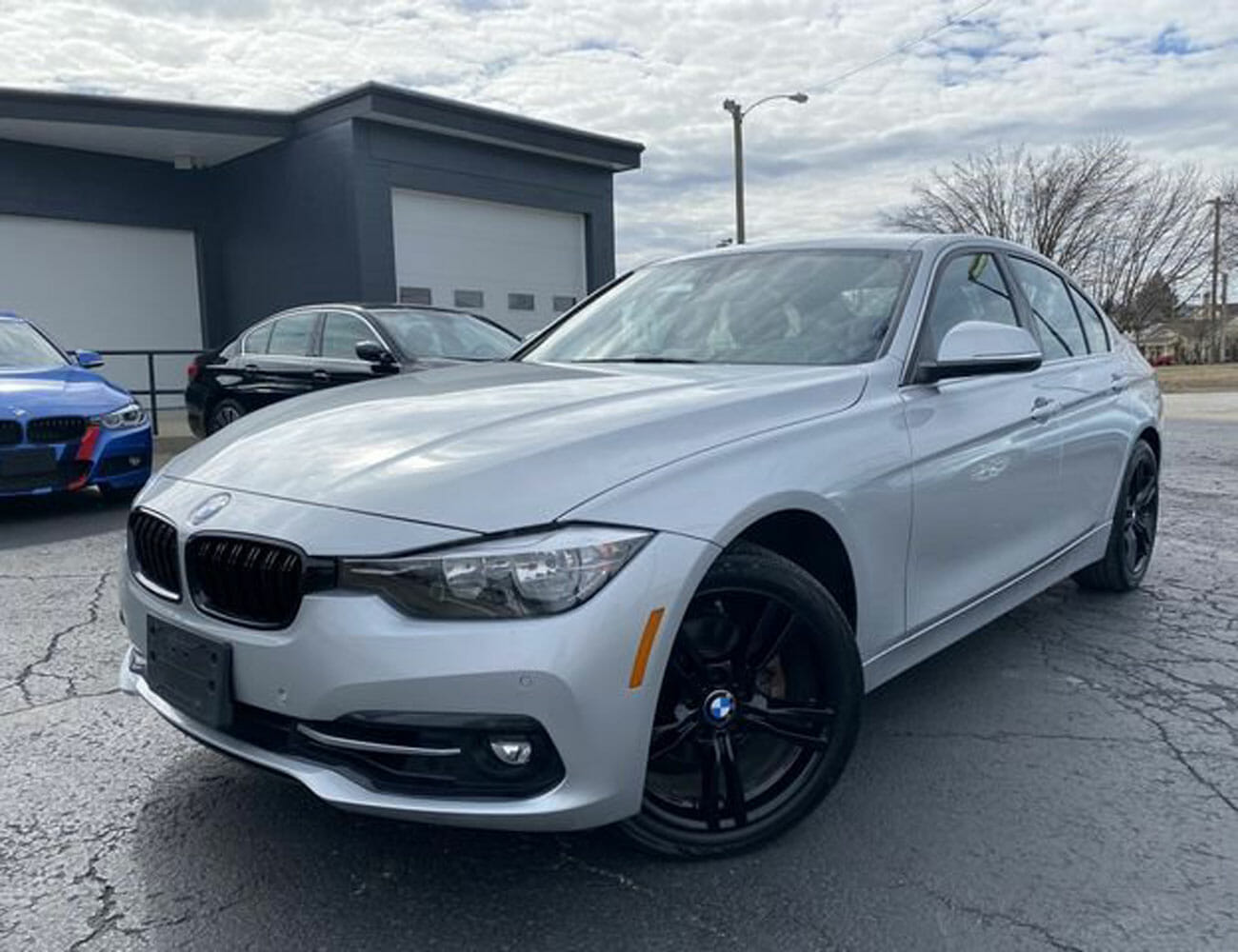
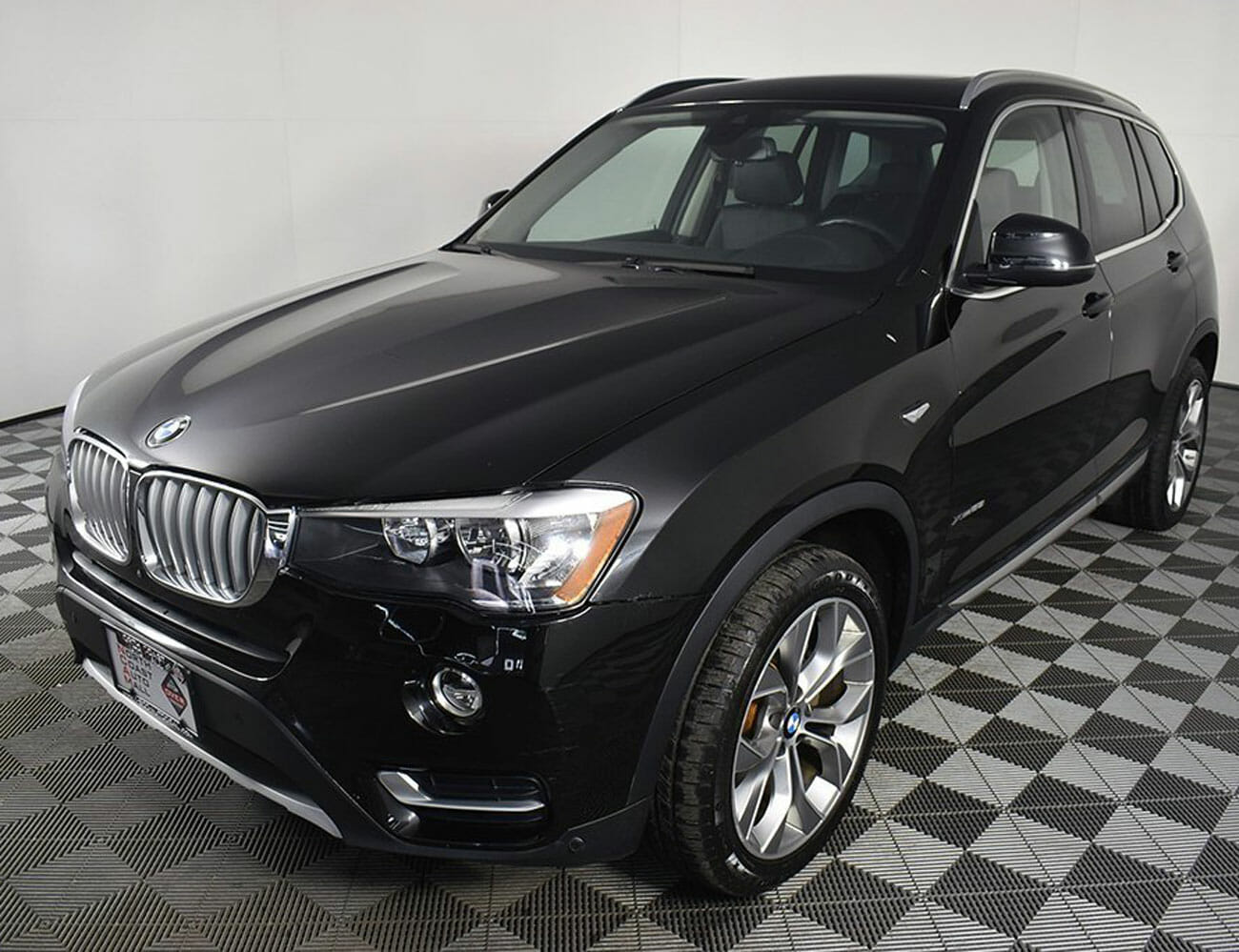
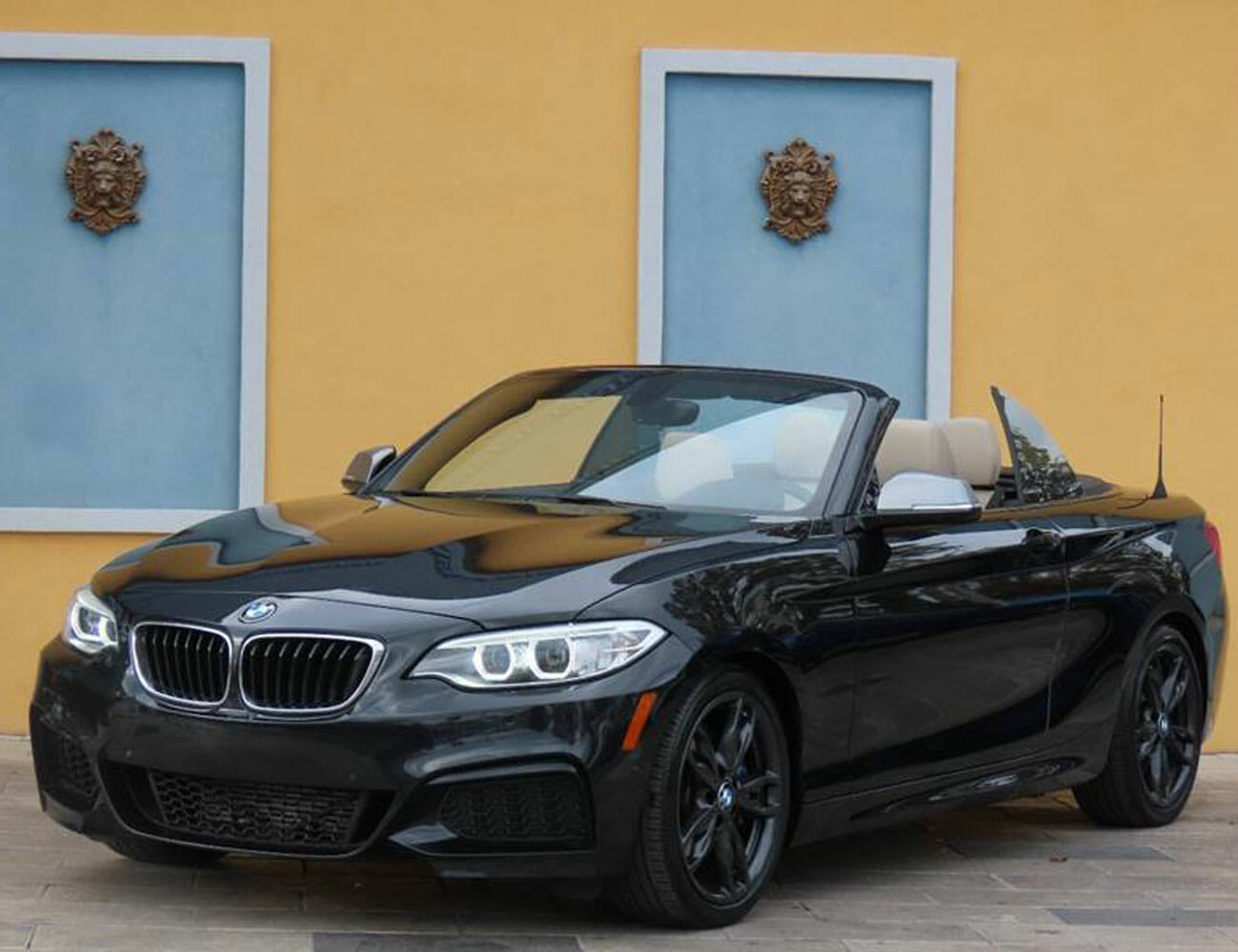






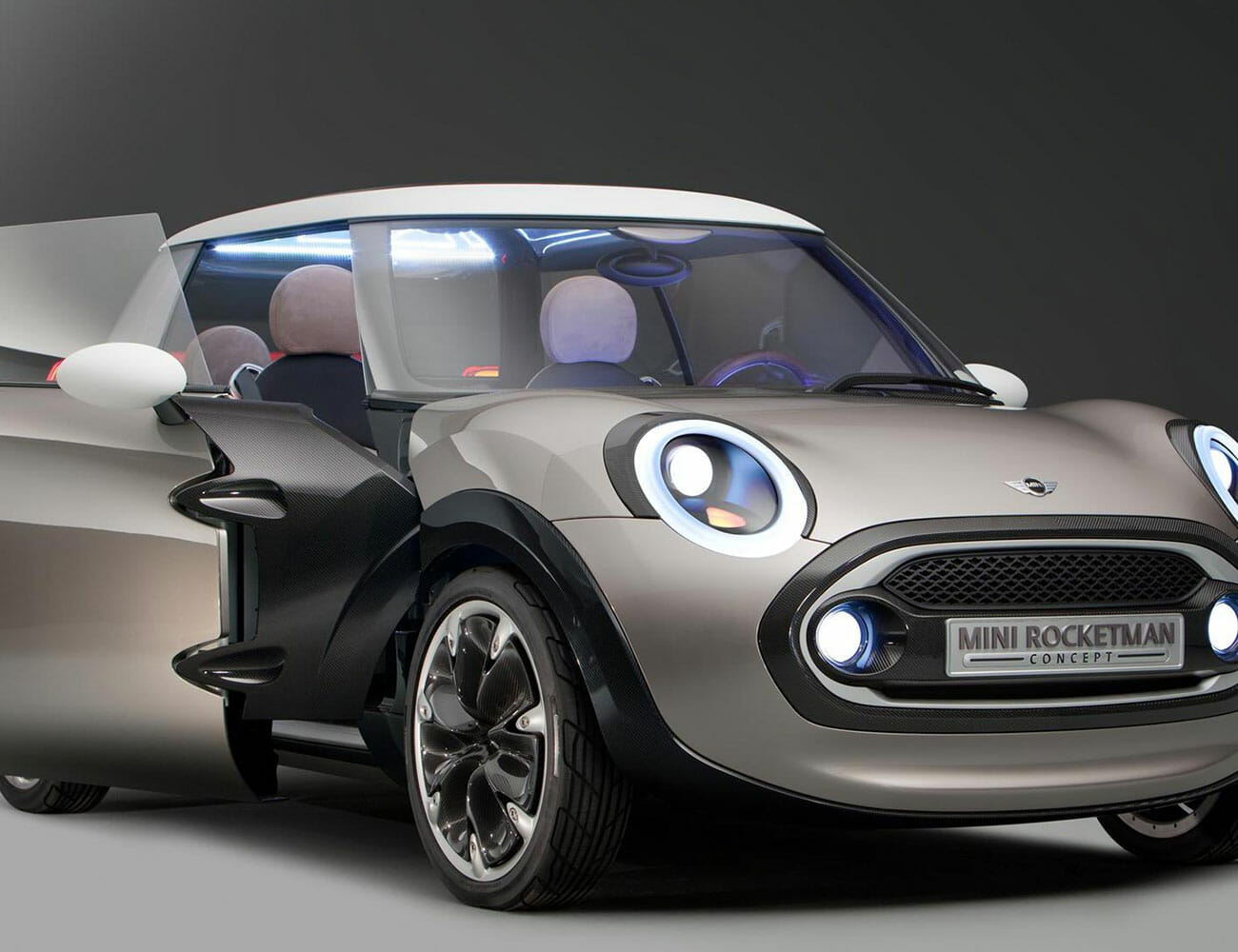
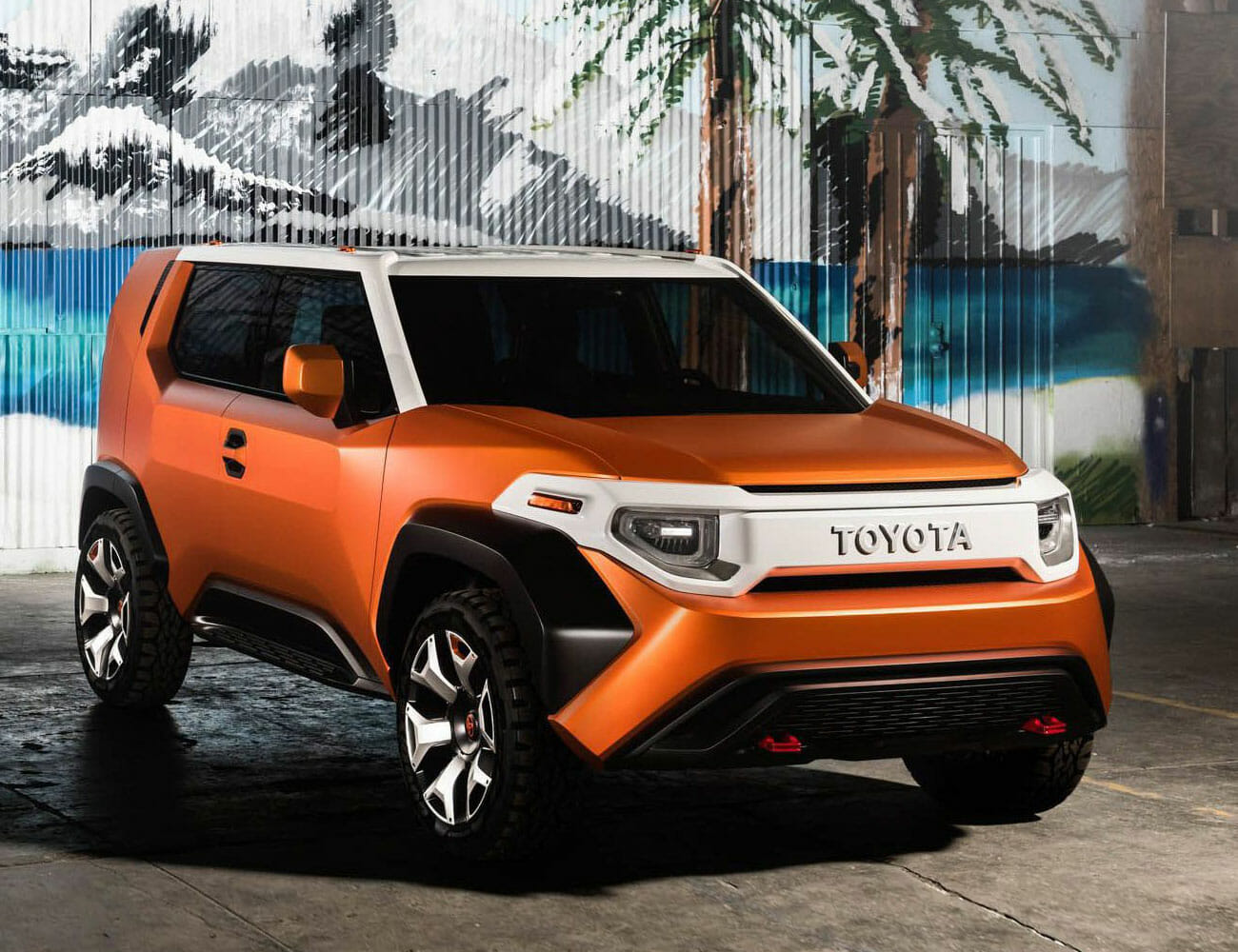 >
>